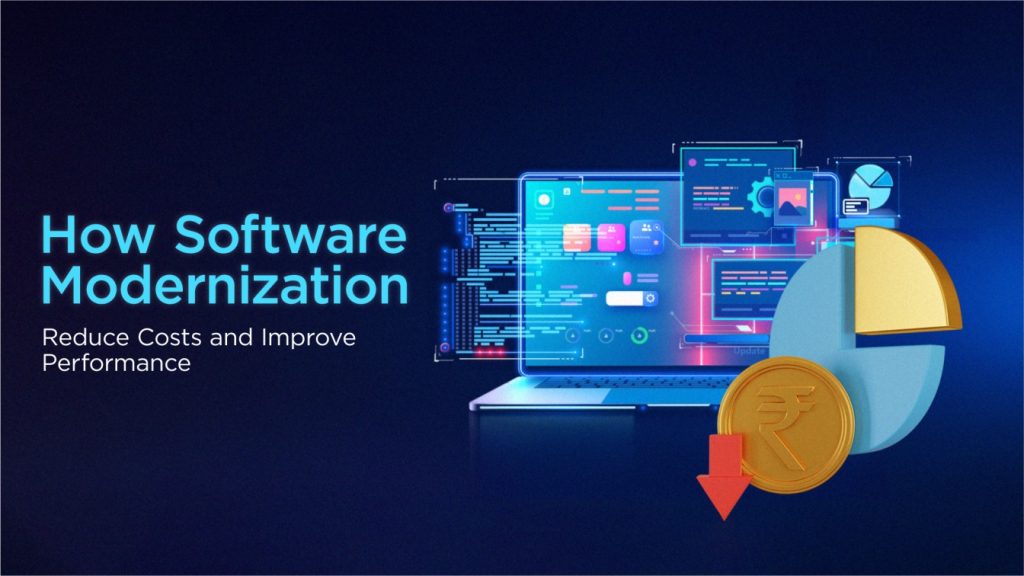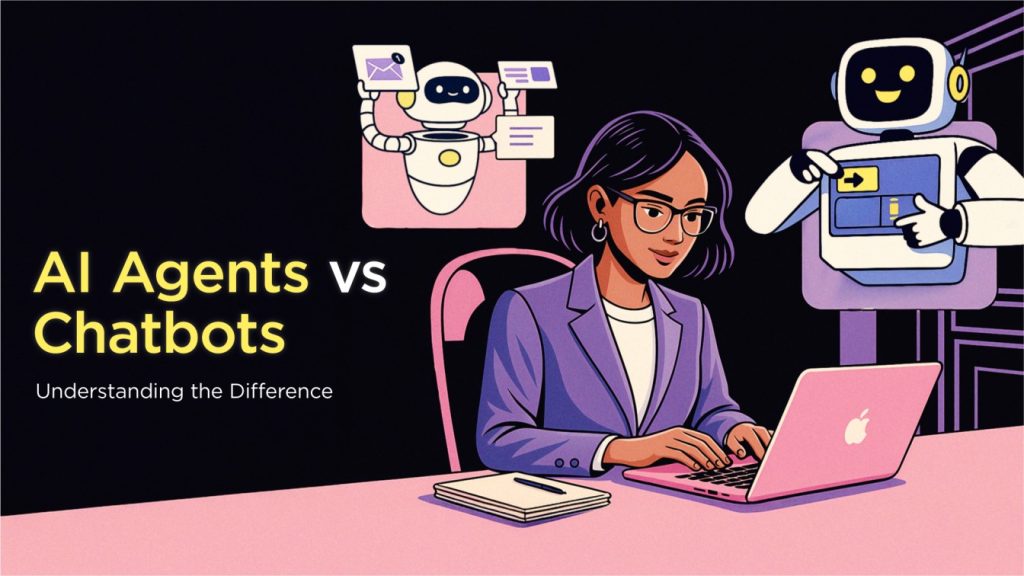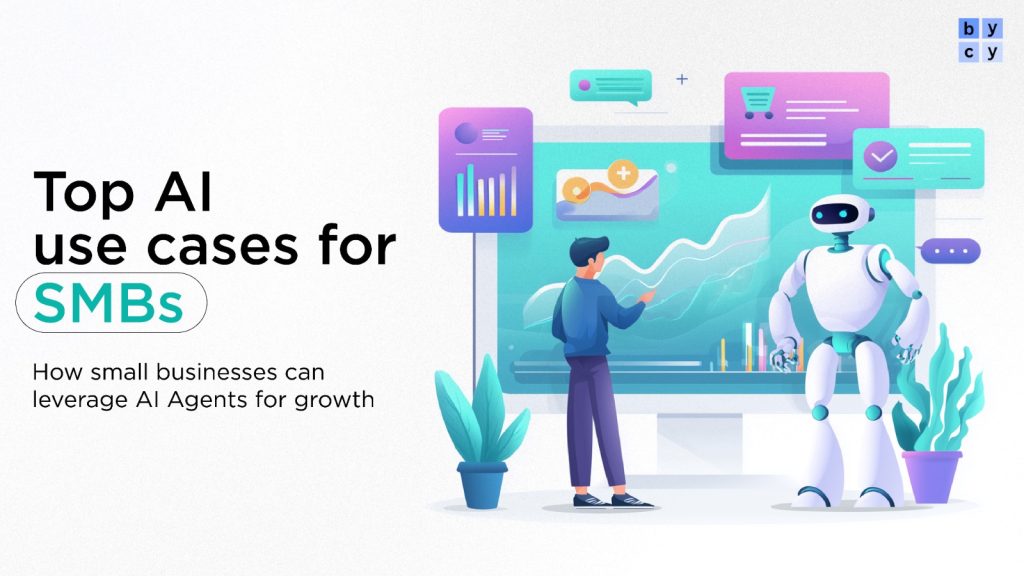Introduction
Artificial Intelligence (AI) is no longer just a futuristic concept—it’s a strategic imperative, especially for mid-market businesses operating in customer-centric and high-ticket industries such as healthcare, insurance, and real estate. Conversational AI agents are transforming how companies engage prospects, convert leads, and support existing customers. But with transformation comes accountability. How do we know these AI agents are delivering measurable business value?
This blog delves into the key performance indicators (KPIs) that matter most when assessing the performance of AI agents in sales and support roles. Whether you are a Marketing Head at a healthcare SaaS company, a Sales Director at a real estate firm, or a Customer Support VP at an insurance provider, understanding and leveraging these metrics can help you maximize ROI from AI initiatives.
Why KPIs Matter in AI Agent Deployment?
- Efficiency (e.g., speed, cost-savings)
- Effectiveness (e.g., resolution rate, lead conversion)
- Experience (e.g., CSAT, NPS)
- Justify AI investments
- Optimize workflows across sales and support
- Improve customer satisfaction and retention
- Discover automation opportunities
The Five Core KPIs for AI Agents in Sales and Support
1. First Response Time (FRT)
Definition: The average time taken by AI agents to respond to a customer’s initial inquiry.
Importance: A swift first response can significantly enhance customer satisfaction and engagement.
Real-World Examples:
- HappyFox: Implemented AI systems that reduced FRT by up to 80% by automatically generating answers to common queries and intelligently routing complex tickets to the right agents.
- Airbnb: Reduced its first response time by 40% in six months by implementing automated acknowledgment messages and setting response time goals for customer service representatives. This led to a 25% increase in positive reviews on customer support.
2. Average Handling Time (AHT)
Definition: The average duration taken to resolve a customer issue, from initiation to conclusion.
Importance: Lower AHT indicates efficient issue resolution, leading to increased customer satisfaction and reduced operational costs.
Real-World Examples:
- Stitch Fix: An online personal styling service, was able to cut their AHT by 29% across all of their support outlets by integrating AI into their customer service processes.
- Republic Services: Reported a 30% reduction in AHT after implementing AI-powered solutions in their customer service operations.
3. Resolution Rate
Definition: The percentage of customer issues resolved successfully by AI agents without human intervention.
Importance: A high resolution rate signifies effective AI performance and reduces the burden on human agents.
Real-World Examples:
- Molekule: Achieved a 60% resolution rate for interactions handled via self-service AI, indicating a significant portion of customer issues were resolved without human involvement.
- Sony: Reported a 15.9% self-service resolution rate, showcasing the potential of AI in handling customer inquiries effectively.
4. Conversion Rate
Definition: The percentage of customer interactions that result in a desired action, such as a sale or subscription, facilitated by AI agents.
Importance: A higher conversion rate indicates successful AI engagement strategies and contributes to revenue growth.
Real-World Examples:
- LinkedIn: Developed an Account Prioritization Engine using explainable AI, leading to an 8.08% increase in renewal bookings by effectively predicting customer growth and identifying upsell potential.
- Klarna: Projected a $40 million profit increase by leveraging AI to enhance their sales conversion processes.
5. Deflection Rate
Definition: The percentage of customer inquiries handled entirely by AI agents without the need for human intervention.
Importance: A high deflection rate reduces the workload on human agents and operational costs while maintaining customer satisfaction.
Real-World Examples:
- Intercom’s Fin: An AI chatbot designed by Intercom, boasts a deflection rate of up to 60%, effectively handling a significant portion of customer inquiries without human assistance.
- Qogita: Implemented an AI-powered agent on HubSpot using Fini AI, deflecting 88% of repetitive tickets and freeing up agents for complex queries.
KPI Deep Dive by Industry – Measuring AI Agent Success Across High-Ticket Customer Journeys
1. Healthcare
Key KPIs:
- First Response Time (FRT): Critical for patient inquiries and emergency situations.
- Resolution Rate: Measures the effectiveness of AI in resolving patient queries without human intervention.
- Deflection Rate: Indicates the percentage of inquiries handled entirely by AI, reducing the load on human agents.
- Compliance Violation Rate: Ensures adherence to healthcare regulations like HIPAA.
Why It Matters:
In healthcare, timely and accurate responses are vital. AI agents can handle routine inquiries, appointment scheduling, and provide information on medical services, allowing medical staff to focus on critical tasks.
Real-World Example:
At Massachusetts General Hospital, the implementation of AI agents for emergency response analytics led to a 27% reduction in response time for critical cases and a 15% improvement in patient survival rates for time-sensitive conditions.
2. Real Estate
Key KPIs:
- Conversion Rate: Tracks the percentage of inquiries converted into property viewings or sales.
- Average Handling Time (AHT): Measures the time taken to handle customer inquiries.
- Lead Qualification Accuracy: Assesses the AI’s ability to identify high-potential leads.
- Follow-up Cadence Success Rate: Evaluates the effectiveness of AI in maintaining engagement with leads.
Why It Matters:
Real estate transactions are significant investments. Prompt and personalized responses can enhance customer experience and increase the likelihood of sales.
Real-World Example:
The Renegade Team, a real estate group, integrated an AI-powered lead management system, resulting in 1-2 additional appointments per day and over $250,000 in Gross Commission Income (GCI). The AI system improved response times and personalized engagement with leads.
3. Insurance
Key KPIs:
- Deflection Rate: Percentage of customer inquiries resolved by AI without human intervention.
- Resolution Rate: Measures the AI’s effectiveness in resolving customer issues.
- Bot-to-Human Escalation Ratio: Tracks the number of inquiries escalated from AI to human agents.
- Customer Satisfaction Score (CSAT): Assesses customer satisfaction with AI interactions.
Why It Matters:
Insurance companies handle a high volume of customer interactions. AI can streamline processes, reduce response times, and improve customer satisfaction.
Example:
Allstate implemented AI-generated emails for customer communications, finding that AI responses were more empathetic and less jargony than those from human representatives. This led to improved customer communication and satisfaction.
4. Lending
Key KPIs:
- Qualification Rate: Percentage of applicants successfully pre-qualified by AI.
- Escalation Rate: Number of applications requiring human intervention.
- Document Collection Completion: Measures the AI’s effectiveness in gathering necessary documents from applicants.
- Compliance & Error Rate: Ensures accuracy and adherence to financial regulations.
Why It Matters:
In lending, speed and accuracy are crucial. AI can expedite the loan application process, reduce errors, and ensure compliance with regulations.
Example:
Open Universities Australia utilized AI voice agents to qualify leads, resulting in a tripling of lead qualification rates and AI agents responding in just 6.3 seconds.
5. Premium Travel
Key KPIs:
- Response Latency Across Channels: Measures the speed of AI responses on various platforms.
- Personalization Accuracy: Assesses the AI’s ability to provide tailored recommendations.
- Customer Satisfaction Score (CSAT): Evaluates customer satisfaction with AI interactions.
- Revenue per Interaction (RPI): Tracks the revenue generated from each AI-customer interaction.
Why It Matters:
High-end travelers expect personalized and prompt service. AI can enhance customer experience by providing instant support and tailored travel recommendations.
Example:
Expedia deployed AI-powered chatbots to handle booking assistance, resulting in 70% of customer queries resolved without human intervention, a 40% reduction in customer service costs, and increased customer loyalty through personalized AI-generated travel recommendations.
- Each industry requires a unique mix of KPIs based on its service model, regulatory constraints, and customer expectations.
- Benchmarking AI agent performance using both industry-specific and cross-functional metrics ensures long-term viability.
- AI agents are no longer just about cost savings—they drive revenue, loyalty, and differentiation.
- Sentiment Accuracy: How well the AI detects and adapts to customer sentiment in real time
- Intent Recognition Rate: Percentage of correctly understood queries across intents
- Bot-to-Human Escalation Ratio: Measures the effectiveness of handoff logic
- Revenue per AI Interaction: Useful in high-value sales environments
- Compliance Violation Rate: Especially relevant in healthcare and finance
- Start with foundational KPIs: Focus on FRT, AHT, and resolution rate.
- Align KPIs with business goals: Are you trying to reduce cost? Improve lead quality? Boost CSAT?
- Implement layered analytics: Use dashboards with real-time and trend-based reporting.
- Integrate with CRM and Support Tools: Seamless data flow ensures accuracy and traceability.
- Continuously iterate AI training: Use low-resolution or flagged queries to refine the AI’s performance over time.



